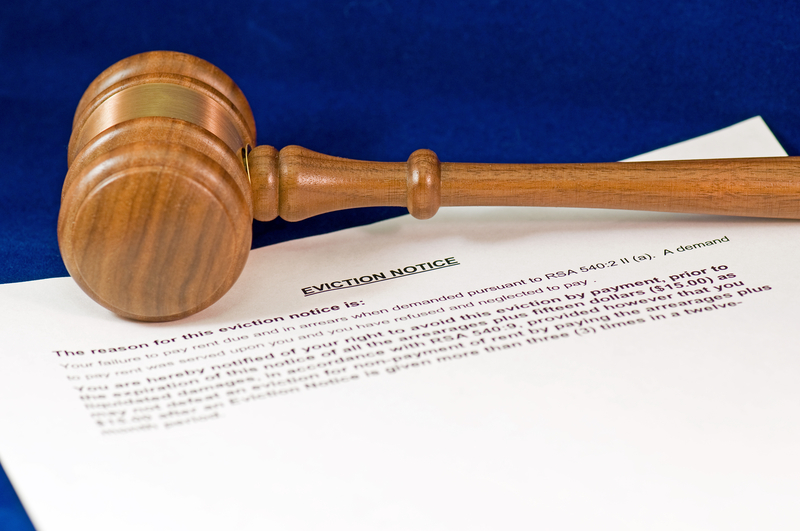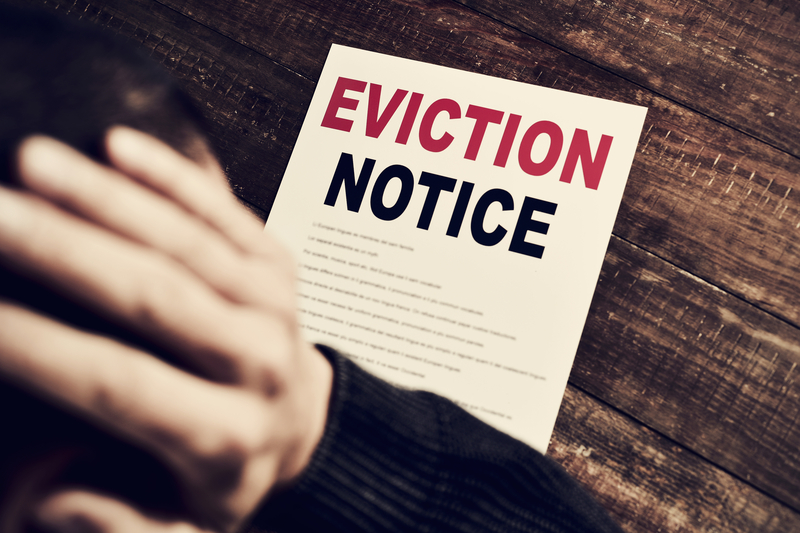Imagine the horror of being a landlord in a scenario where your lease expires, and your tenant fails to move out within the stipulated timeline. This situation, referred to as a holdover tenancy, forces you into the complex realm of tenant eviction, a legal process you ideally wouldn't want to be part of. To make matters worse, while the tenant continues occupying the premises, your monthly rent payments are probably drying up.
Despite being the rightful property owner, laws governing tenants’ rights limit your actions to a considerable extent, often pushing landlords into the unenviable position of feeling powerless. Eviction might seem like the obvious solution, but it is often expensive, lengthy, and doesn't necessarily guarantee the recovery of unpaid rent.
So, how should a landlord approach this seemingly inescapable situation? This comprehensive guide aims to answer two fundamental questions: How long can a tenant legally stay after the lease expires? What are the recommended steps if a tenant overstays their welcome? Grasping the legal implications when a formal lease agreement ends will be instrumental in navigating these murky waters.
Understanding Holdover Tenancy: Types and Implications

Holdover tenants are those who continue occupying a rental property even after their lease has expired, either due to refusal or lack of explicit permission to do so. If you, as the landlord, accept rent payments, these tenants can lawfully remain on the premises.
The length of a holdover tenant's stay is contingent on whether you accept rental payments post-lease expiration. By accepting rent, you are essentially entering an informal lease agreement, which could sometimes work in your favor. However, in many cases, holdover tenancies may adversely affect the landlord by affording more rights to tenants and fewer responsibilities.
Local and state laws generally govern the terms of a lease under holdover tenancy, typically requiring a 30 to 60-day notice for the tenant to vacate. Two types of holdover tenancies can come into effect once a formal lease agreement ends: tenancy at sufferance and tenancy at will.
Tenancy at Sufferance: A Testing Situation
A tenancy at sufferance occurs when a tenant continues occupying your property post-lease expiration without your permission. Also known as a "holdover tenancy," it usually necessitates formal eviction for termination. Accepting monthly rent payments during this period can derail your eviction efforts and transition the arrangement into a month-to-month lease.
Tenancy at Will: Uncharted Territory
In contrast, a tenancy at will arises when you allow the tenant to stay on the rental property without renewing the lease. This form of holdover tenancy continues until either party decides to terminate the informal agreement by providing due notice. During the tenure of this lease, the tenant must continue to pay rent and abide by the lease terms.
A key aspect to remember here is that local and state laws define the "tenancy at will" lease terms. The fixed-term lease typically converts to a month-to-month lease if you continue accepting rent payments. Landlord-tenant laws remain in effect, requiring you to give the tenant adequate notice to evict them for a lease violation.
Periodic Tenancy Agreement: Unanticipated Challenges
Unlike an "at-will tenancy," a periodic tenancy can offer more protection to the tenant. This lease type has no fixed term and remains effective until both you and the tenant agree to end the agreement. The primary downside for landlords is the difficulty in increasing rent under a periodic lease. Always strive to understand local landlord-tenant laws before taking action, especially when dealing with a tenant who doesn’t move out in time.
Dissecting the Issue: Why Don't Tenants Move Out On Time?

Understanding why tenants fail to vacate on time can help prevent holdover tenancy situations, thereby ensuring regular rental income and avoiding eviction costs. Reasons could range from lack of clear communication to disagreements over eviction notices. In each case, a different approach could help in resolving the issue.
The Communication Gap: An Avoidable Issue
A frequent reason behind tenants not moving out on time is ambiguity in the rental agreement. To rectify this, ensure that the agreement contains a lease renewal clause that clearly delineates the course of action after lease expiration.
Preemptive Lease Renewal: An Effective Strategy
Early lease renewals and sufficient notice periods can help prevent holdover tenancy scenarios. Although a 30 or 60-day notice is standard, including a 90-day notice clause can provide ample time for tenants to find a new apartment, thereby eliminating the chance of overstaying.
Overstaying: A Delicate Issue
In some cases, tenants might intentionally ignore the lease expiry date, hoping to transition into a monthly tenancy. In such situations, you can either let them become holdover tenants or initiate eviction proceedings. Whatever your decision, the ultimate goal should be the renewal of a formal lease.
Disagreement Over Eviction Notice: A Legal Quandary
In the worst-case scenario, a holdover tenant might contest the eviction notice and refuse to vacate the premises. In such cases, you must wait for the court's ruling.
If you’d like to talk more about property management, or you need help with Everest Property Management, please contact us at Everest Realty.




 As a top producing Realtor and Property Manager; Terry specializes in sales, extensive construction homes, rentals, REO’s, short sales, and all aspects of Real Estate. After graduating the University of Michigan with a master in MBA, Terry continued his endeavor and now has over 15+ years of experience in the Real Estate world. If there is anything that has to do with Real Estate and sales, you can always be sure of Terry to provide important, specialized knowledge.
As a top producing Realtor and Property Manager; Terry specializes in sales, extensive construction homes, rentals, REO’s, short sales, and all aspects of Real Estate. After graduating the University of Michigan with a master in MBA, Terry continued his endeavor and now has over 15+ years of experience in the Real Estate world. If there is anything that has to do with Real Estate and sales, you can always be sure of Terry to provide important, specialized knowledge.




